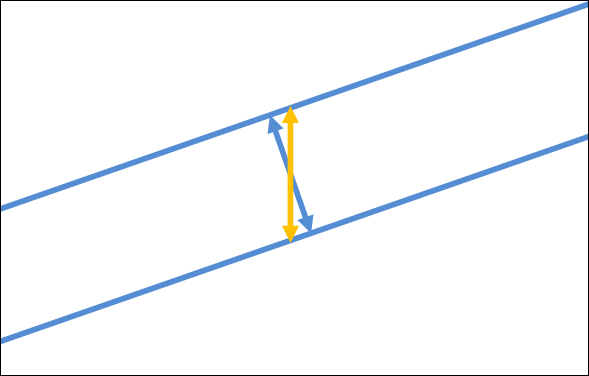If I'm reading this post right: What is the effect of airfoil thickness on aerodynamic lift?
- Airfoil thickness increases the lift coefficient.
And from here: What are the effects of the Boeing 787's very flexible wings?
- Wing flex reduces wave drag.
I'm wondering about the how. My theory is that the air sees a thicker airfoil in a flexed wing, without actually building one. Is that assumption correct? Or is it related to the end-plate effect?

Front view of a flexed wing. Orange indicates that perceived increase in airfoil thickness.

air sees a thicker airfoilbit... $\endgroup$